This article was submitted on behalf of CALPIRGs environmental protection program.
In modern America, the consumerist mindset dominates our headlines, advertisements, and personalities, even if they do not take center stage. It drives the role we play in society and the impact we have on the environment. This modernist issue has been a growing problem and accelerated due to globalization. If things are so easy to buy, why not buy them? If things are broken, why not just by a new one? The companies make it cheaper to do so anyways, playing along with this narrative is the easier thing to do. The holiday season is almost upon us and with this, comes the constant pressure to buy and consume. Everything you buy comes with a direct cost and an indirect cost. That is, it comes with the original price that you pay for it, and then the price that the environment or someone else pays for it. People like to think that recycling is the savior to their conscience. If they recycle, they believe that they are saving the environment and doing their part to save the world. This is a lie that is fed to them by companies who are doing the same thing. Recycling is not enough anymore; we cannot save our world by recycling. We are past that point, and we have been for a while. We have to eliminate the sources: plastics, styrofoam, and fossil fuels. We simply cannot live in this consumerist world anymore. The easiest and most durable material to reject at this moment is plastics. So this is where we are going to start.
Two types of plastic produced by us are macroplastics and microplastics. Macroplastics are more well-known; through the way, environmental agencies show pictures of turtles that have eaten plastic bags, the Great Pacific Garbage Patch — now more than two times the size of Texas — and the vast amounts of litter found all over the world, according to Marian Liu from CNN. But what happens to these plastics once they break down? We cannot see them anymore but most plastics never biodegrade. They never disappear. Instead, they break down into something called microplastics, which are typically less than 5mm in length and are incredibly harmful, arguably more so than macroplastic. Almost all plastics in the ocean break down into microplastics. Some start small like the lint from your clothes going into the water supply every time you wash them and microbeads, which were an aspect of many beauty products until they were banned in 2015 by former President Barack Obama. Others start big, like old toys or car parts and break down over years. According to the US Department of Commerce, microplastics were relatively unknown until 2012 but they have been doing behind-the-scenes damage for over 50 years.
In 2014, California became the first state in the United States to ban single-use plastic bags from large retail stores. This was in part due to the work that CALPIRG did over eight years to raise awareness around the negative effects of plastic pollution. For background, single-use plastic means any plastic that cannot be reused and includes almost anything that one might find in a grocery store. This legislative law was a huge step forward in the fight against plastic and put California as the leading state in this fight. Starting in 2022, California is going to put themselves on the map again, requiring all single-use plastic water bottles to be made out of 15 percent post-consumer recyclable material and stepping it up every few years with the goal of 50 percent post-consumer recyclable material by 2030. This is amazing but frankly is not enough. California is doing more than most states are doing, but there are still gaping holes. People should be acting like their homes are on fire, but they are not. People should be acting like all the materials they are using will be gone, but they are not. People should be acting like their oceans will be void of fish by 2048, but they are not. Plastics should not be allowed, period, and that is the least the human population can do. For the most part, COVID-19 has had a positive impact on the environment. More people at home means fewer people are traveling, eating out, and buying vast amounts of unnecessary items. Wildlife has once again taken over areas they were pushed out of by people, and both air and water quality have gone up. As we hopefully rise out of this pandemic, it is important to look at what the future holds for us. With any luck, soon COVID-19 will be a distant memory but maintaining a positive impact on the environment is vital. Plastics should be abolished — it is no longer needed in modern society, where technology and innovation have allowed us to move past it but we actively choose not to. Big companies continue to use plastic as it is the cheaper option; this must be acknowledged and stopped. The responsibility of this cannot fall on the consumer, saying this would exude a massive amount of privilege and not all people are in the position to pay extra for reusable material. This must fall on the corporations, and they must do more.
Photo by Nick Fewings on Unsplash.


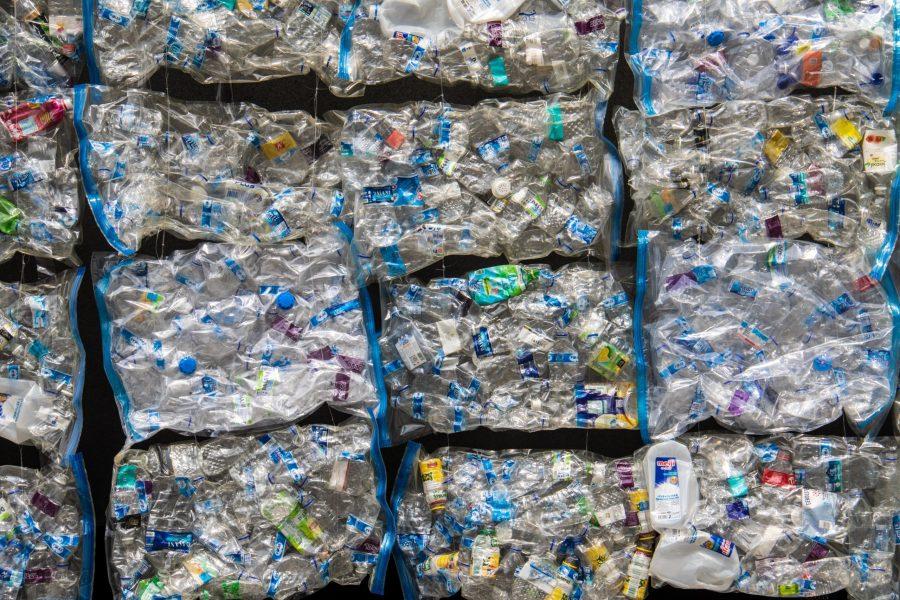
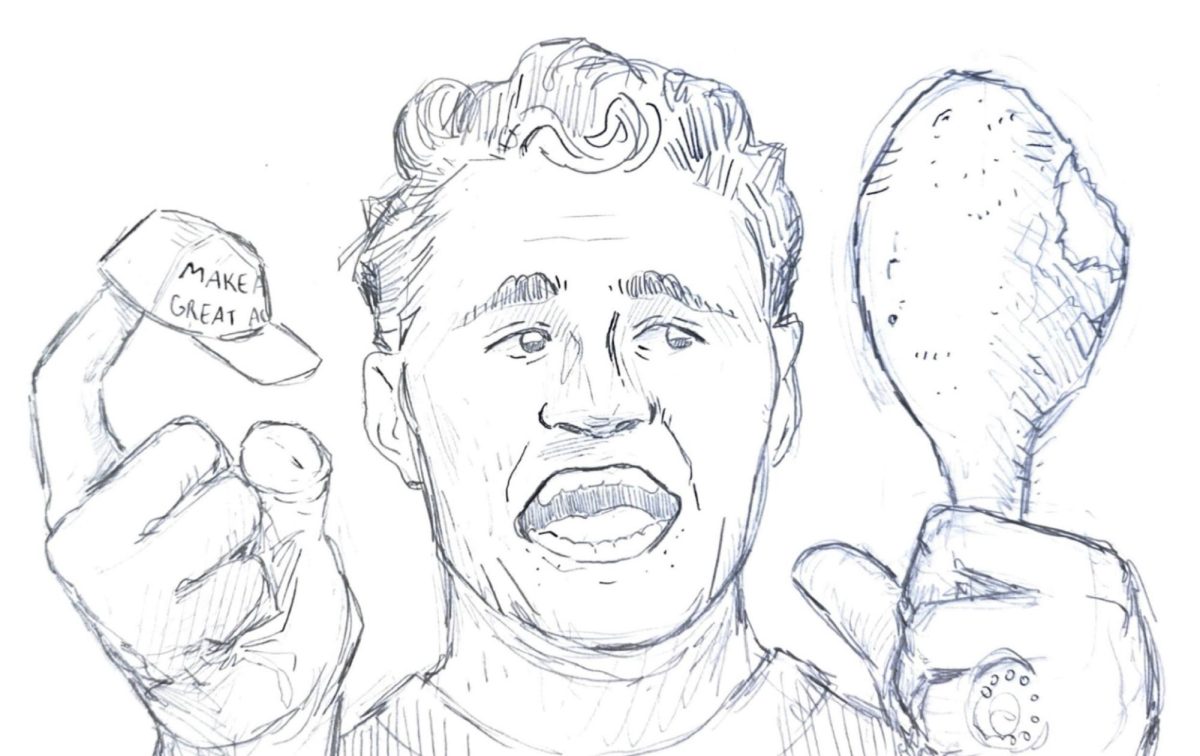
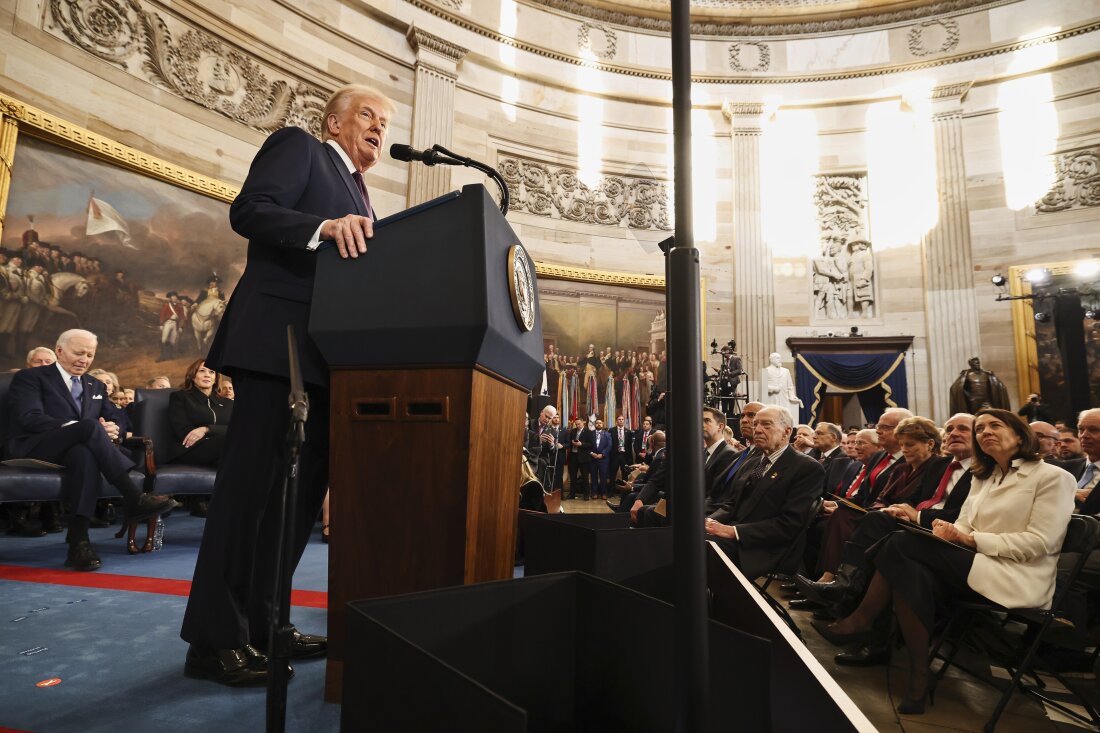
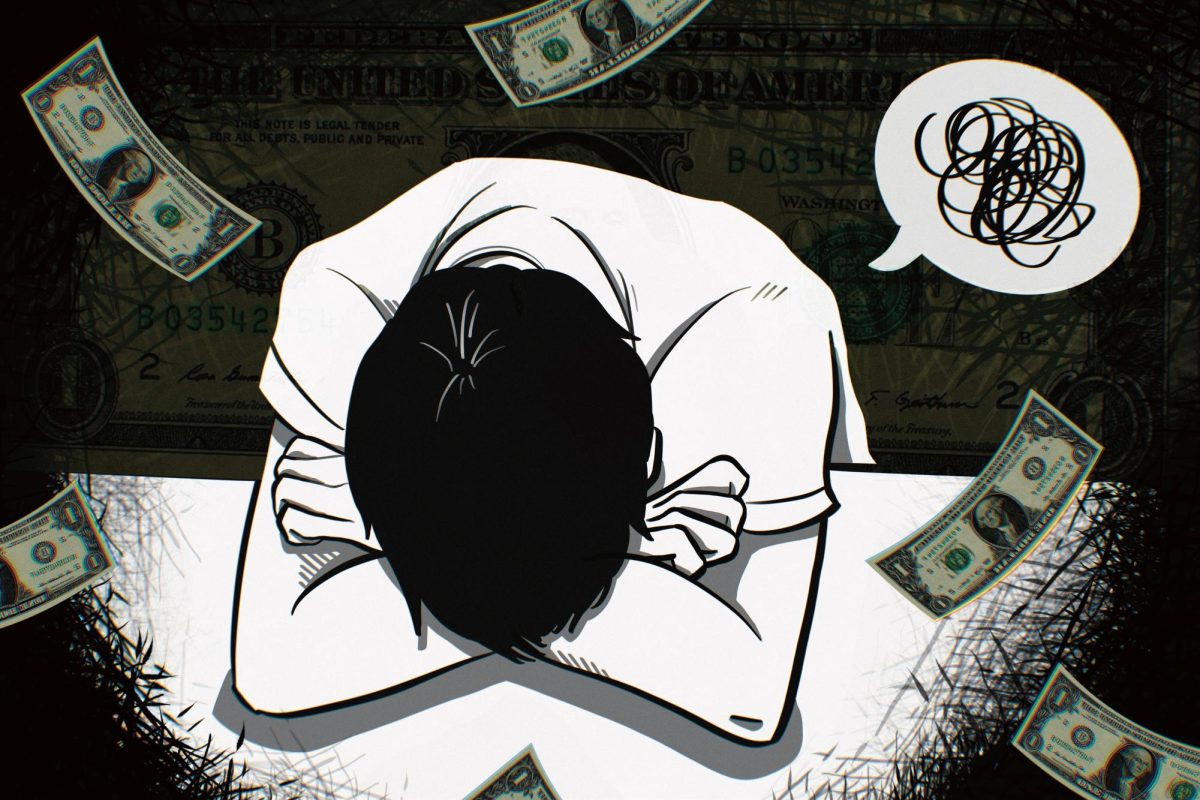
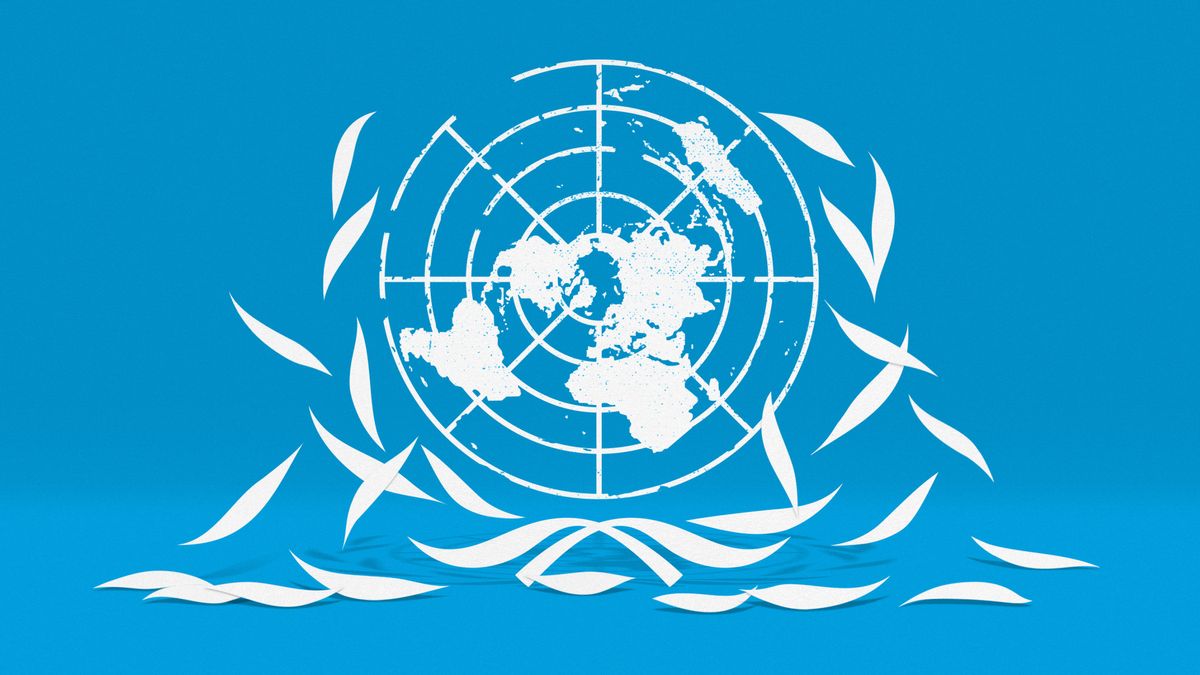


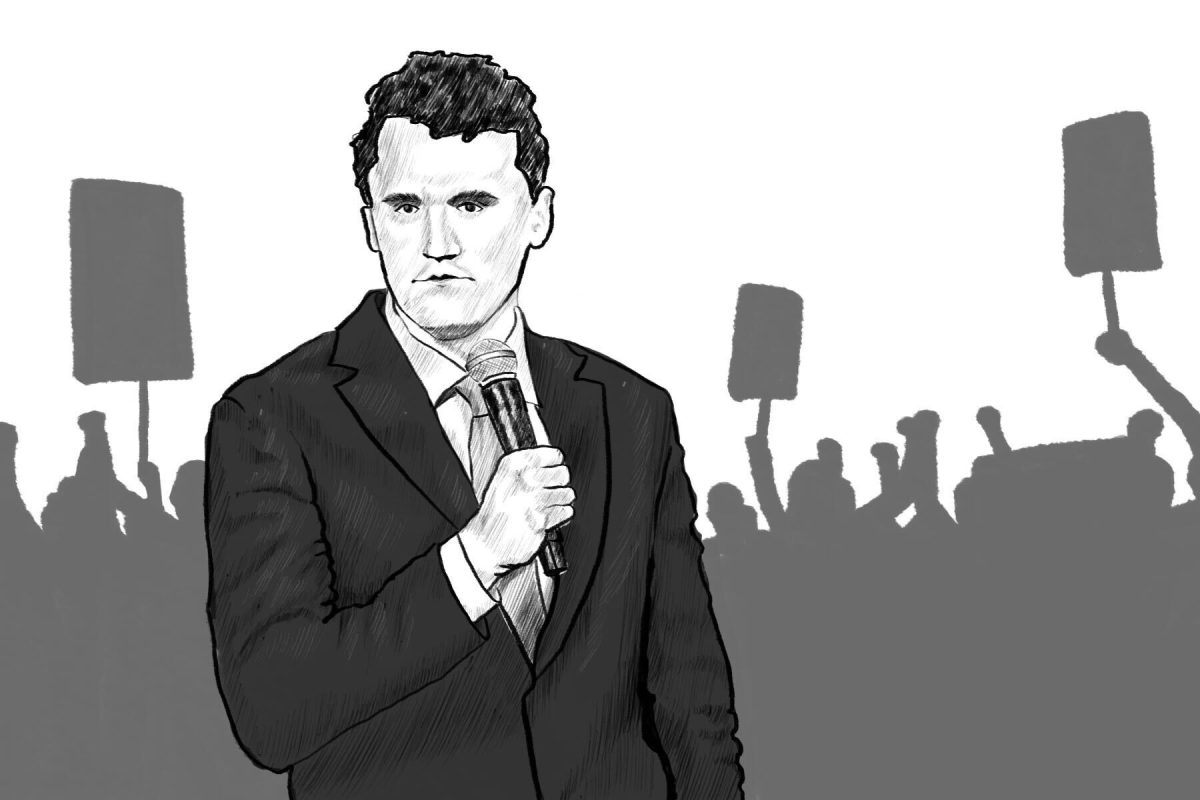
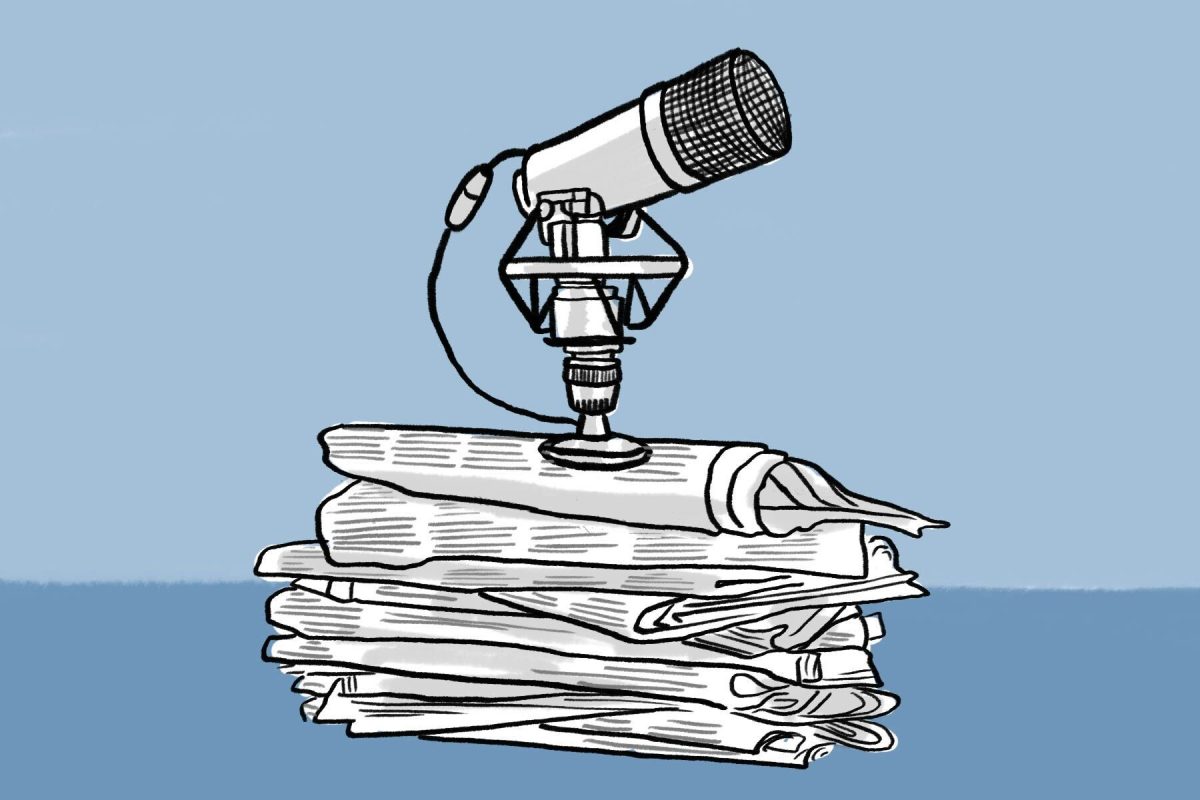
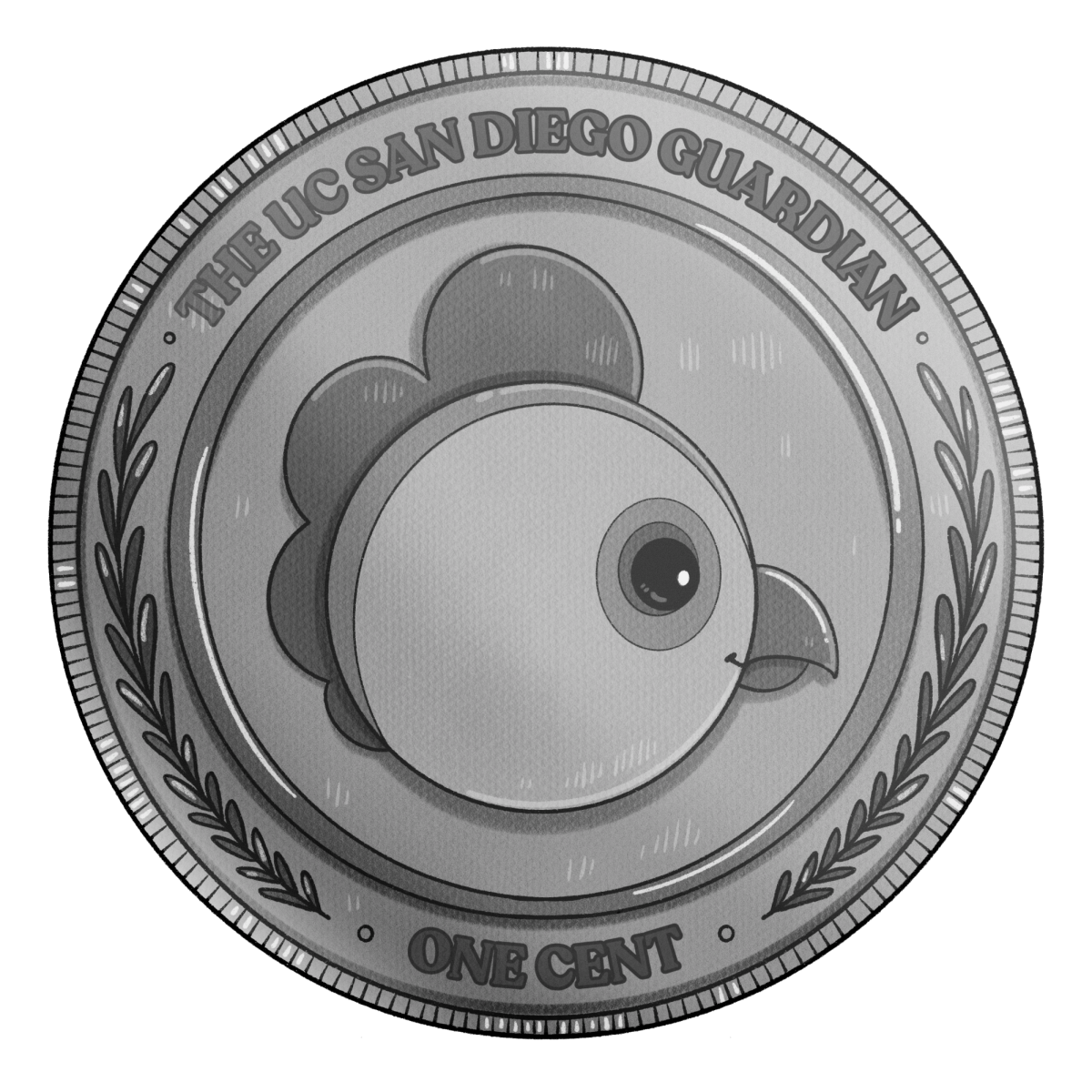
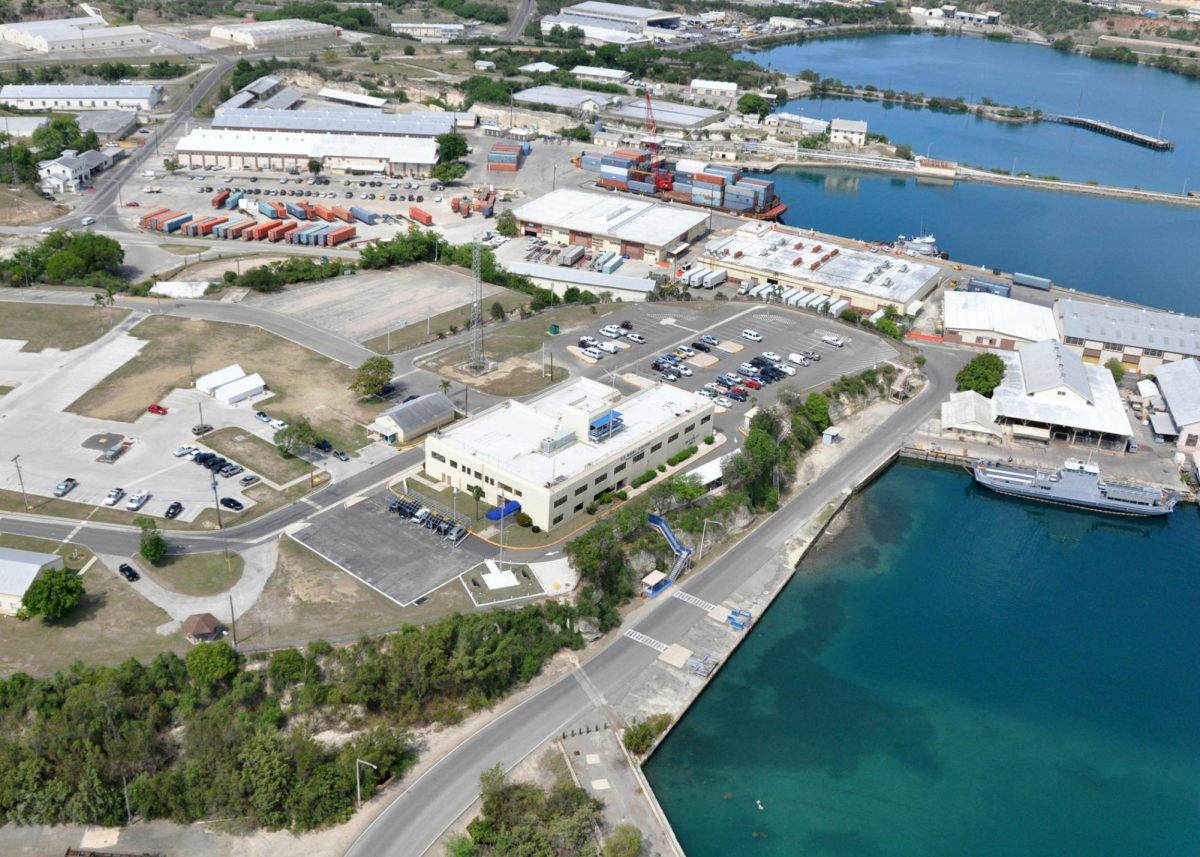

custom thesis • Dec 24, 2020 at 6:37 am
Do you want to finally relax and not do your homework? You can use a custom thesis to do all the tasks for you. The best service for every student and it is time-tested.
celeb networth • Dec 24, 2020 at 1:32 am
Nice article. Thank you for sharing!